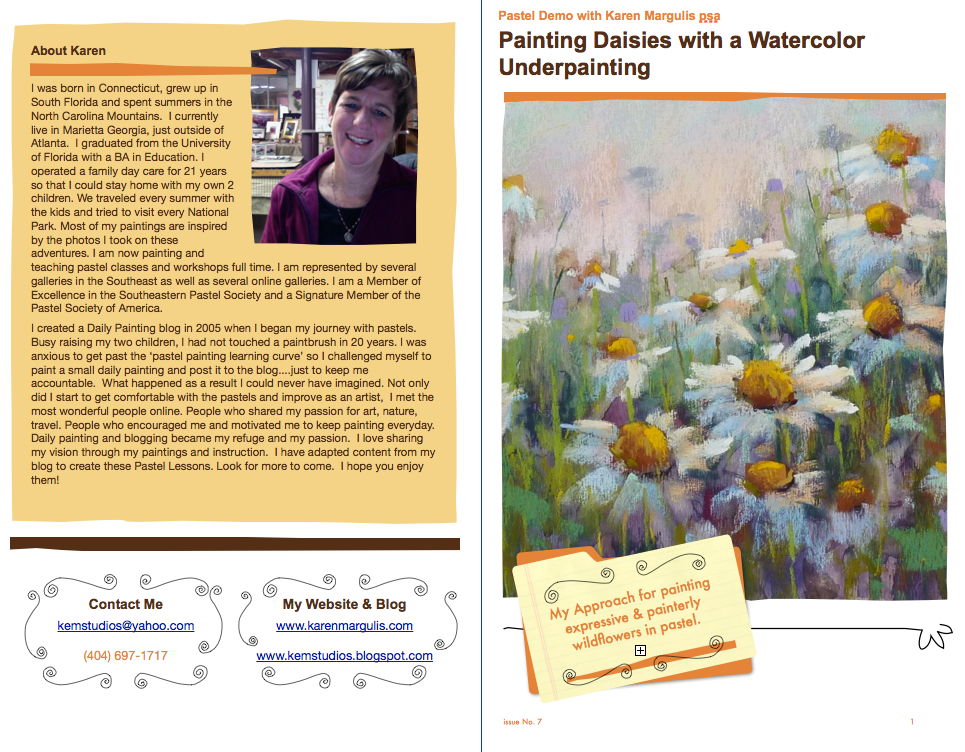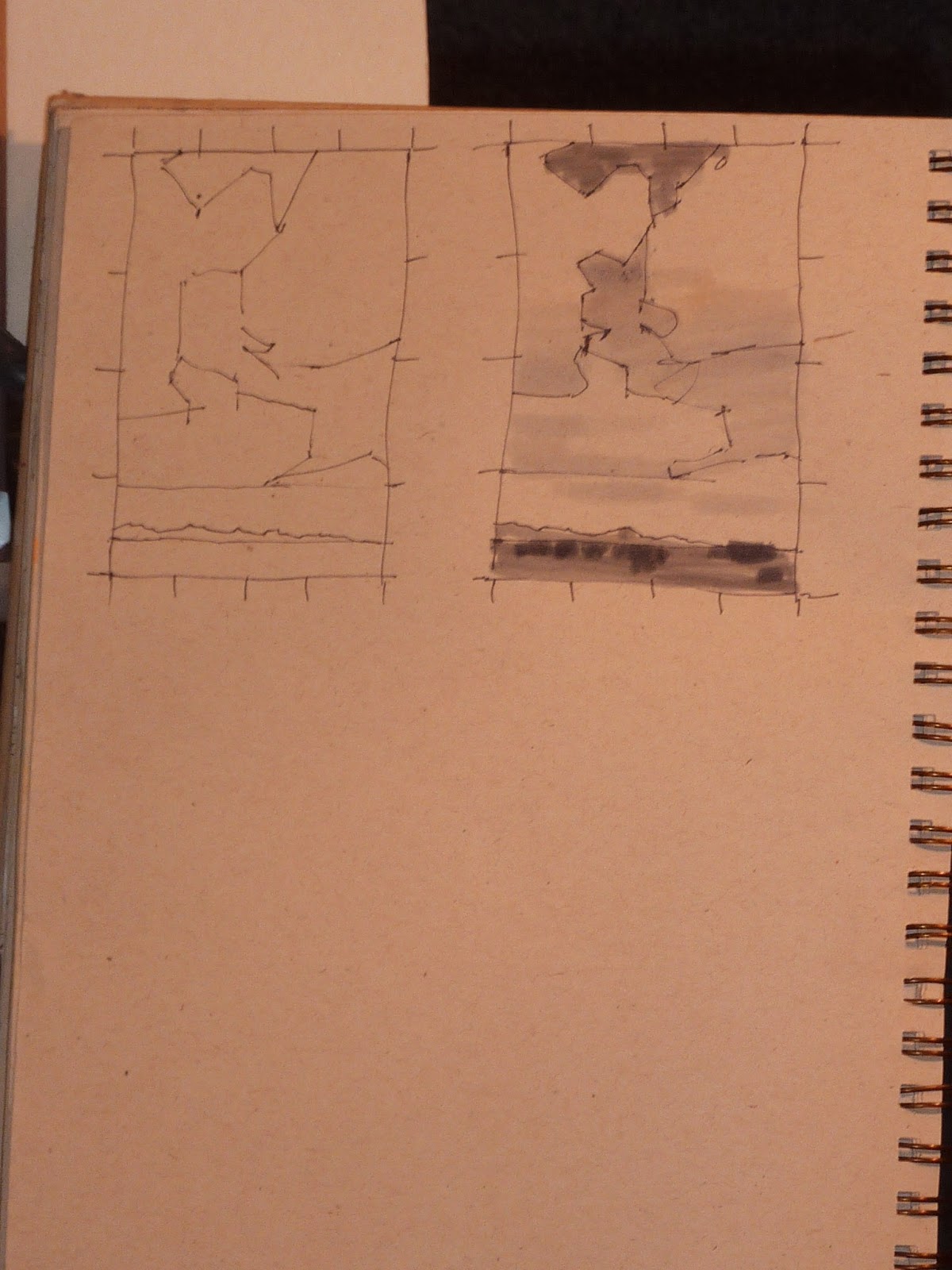 |
| 'Simple Pleasures' 5x7 pastel purchase on etsy $45 |
 |
| Try Moo.com and get 10% off your first order click here |
A fabulous business card holder that is sure to spark interest and conversations about your work. It is called The ShowCase and it is only $10.99. It is sold by Moo.com which is where I get my business cards. Moo does a fantastic job with my cards. I've reviewed my experience HERE. Once you have your wonderful cards with 50 different images.....you need a good way to share them.
The ShowCase card holder is perfect. It holds up to 15 business cards. You open it up by flipping the lid and fanning it out like a deck of cards. Now when you are sharing business cards you are able to show a variety of your images. People love having a choice and it always sparks conversation. They want to pick their favorite image.
The bonus for you is that you are showing off more of your work and the ice has been broken. The little card holder has done that for you now it is easy to talk about what you do.
 |
| Here is the card holder in action. That is my dog Heidi in the background. |
Here is a little blurb and link from the Moo.com website about the cards.
Business Cards should always be something special. Less a method of handing out your phone number, more a way of starting a conversation. They're an introduction to you, your company and your work. A good business card should intrigue people, get them interested, invite them to ask you more.
Visit Moo.com to see all of their great stuff and get 10% off your first order.
















































